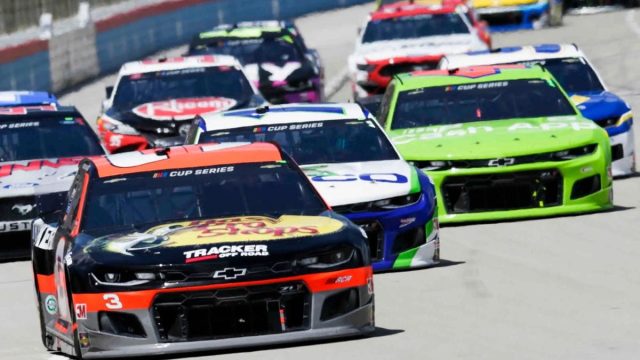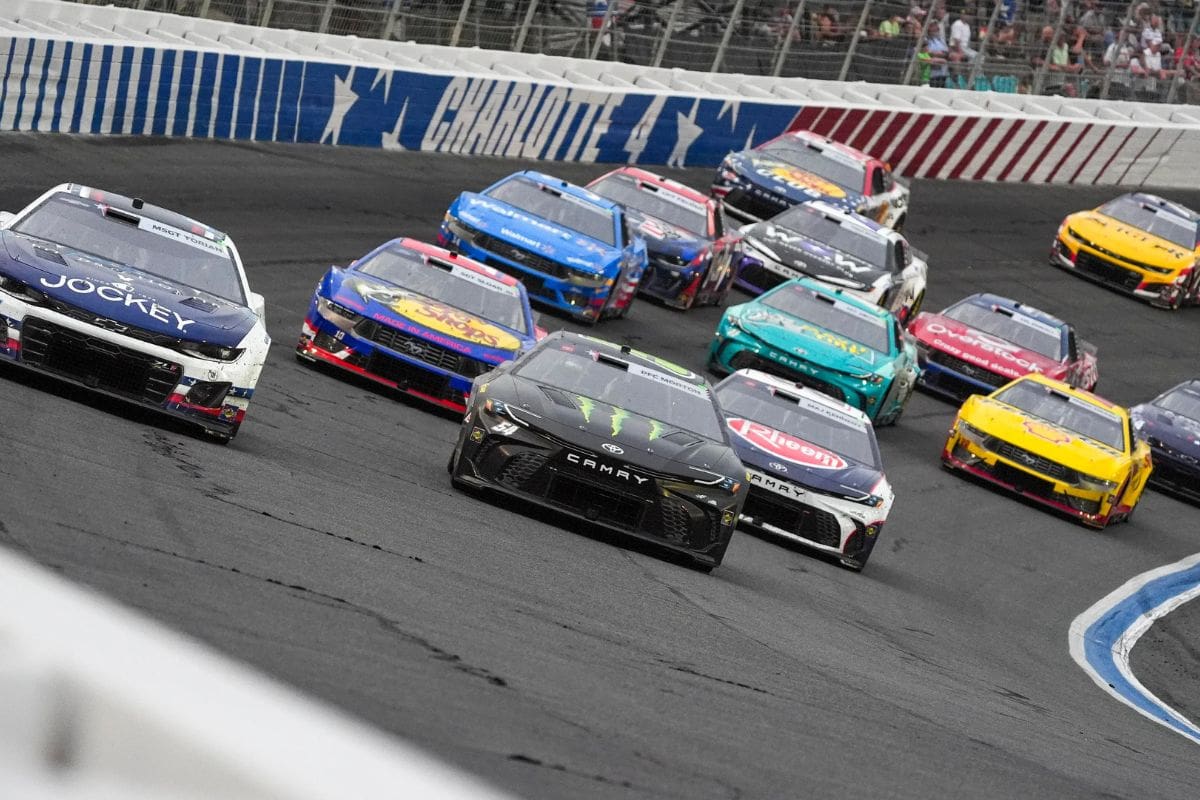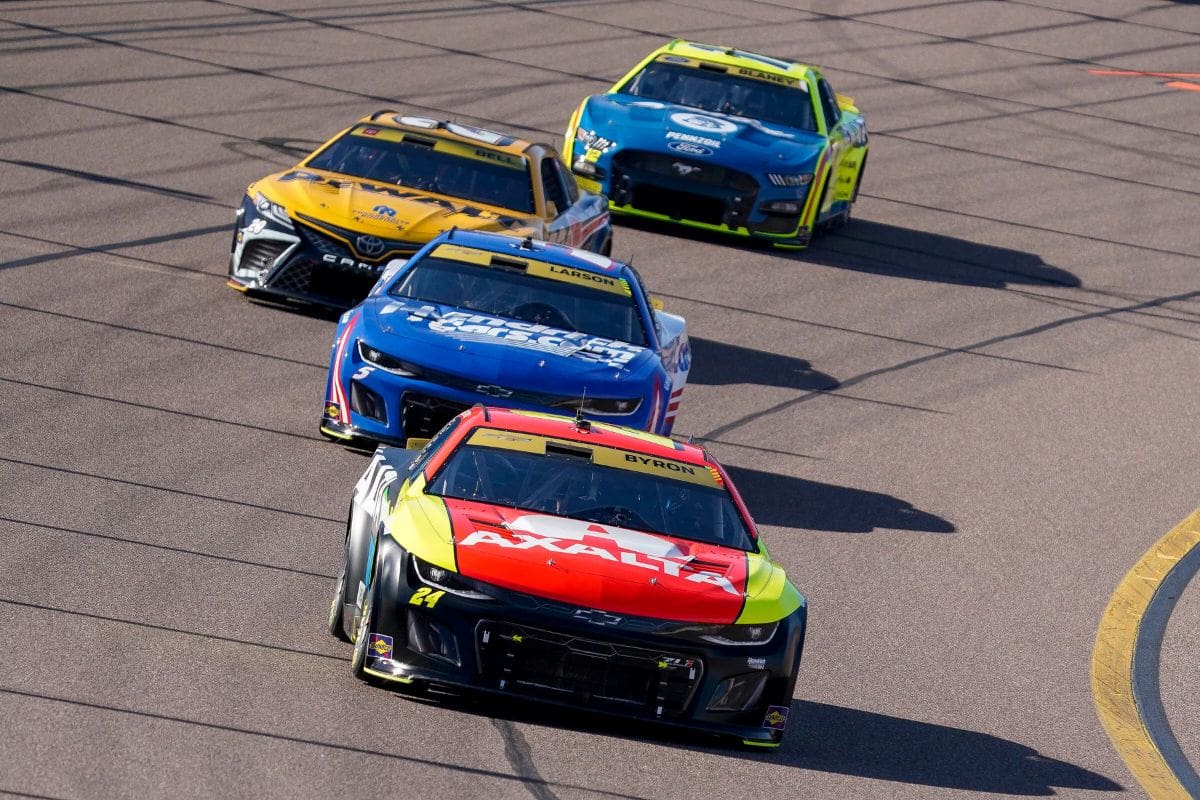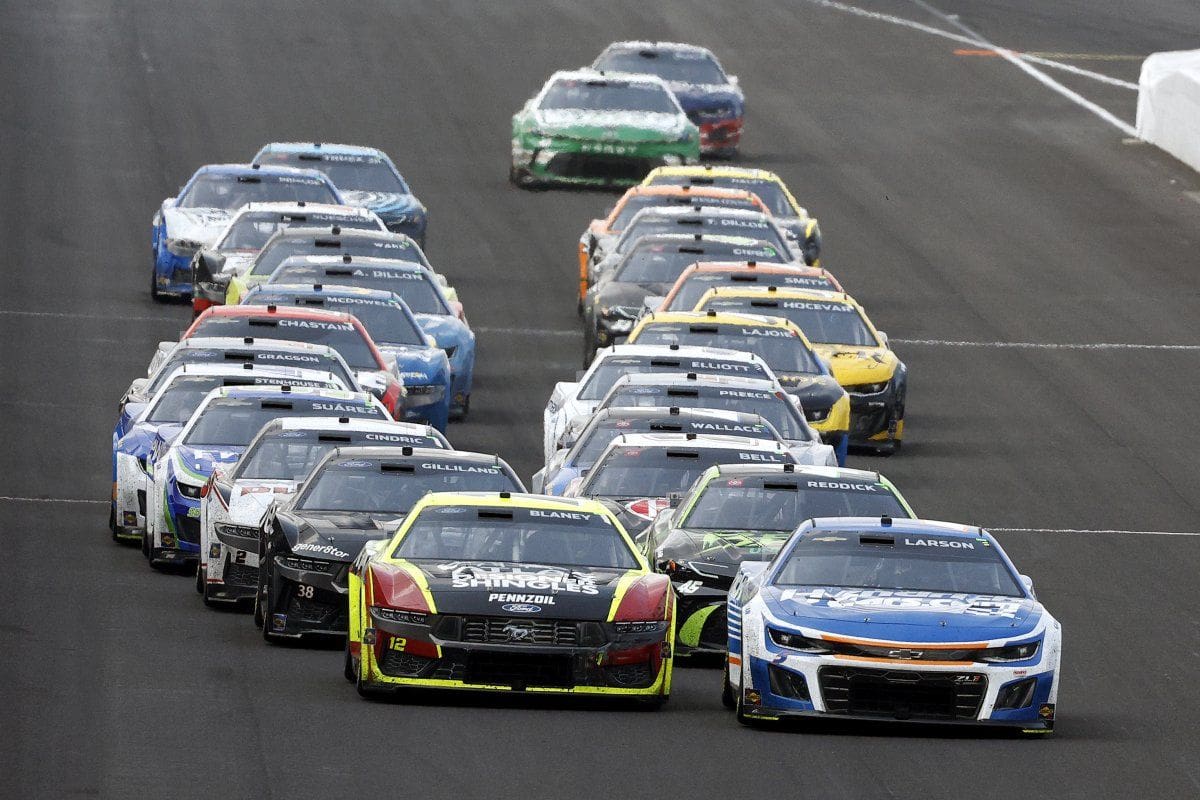Why NASCAR Is Rejecting Global Venues: NASCAR’s recent tactical pivot, as articulated by VP Ben Kennedy, reveals a deliberate choice to shun further global venues in favor of consolidating its domestic foothold, particularly in consideration of the 2025 return to Mexico City. This decision stems from a thorough evaluation of past international efforts, emphasizing the need to address logistical challenges and improve regional fan engagement before pursuing new markets. Such a focus on sustainable growth raises questions about the future of NASCAR’s international ambitions and its long-term vision for brand integrity. What implications could this have for its global strategy moving forward?
Key Highlights
- NASCAR’s focus on Mexico City allows for careful evaluation of market dynamics before expanding to additional global venues.
- The need to strengthen domestic presence is prioritized over pursuing new international markets immediately.
- Logistical complexities and past mixed results in international racing necessitate a cautious approach to future venue selections.
- Strategic partnerships with local entities in Mexico are prioritized to enhance market penetration and fan engagement.
- The commitment to sustainable growth emphasizes thorough analysis of economic viability and fan interest in potential locations.
NASCAR’s 2025 Cup Series Expansion and Mexican Return
NASCAR’s ambitious expansion into the Mexican market with the 2025 Cup Series signifies a vital moment in the organization’s plan to broaden its fan base and improve its global presence. Scheduled for June 15, 2025, the inaugural points-paying race will take place at the Autódromo Hermanos Rodríguez in Mexico City, a venue with historical importance, as it previously hosted NASCAR’s Xfinity Series races from 2005 to 2008. This return highlights NASCAR’s commitment to re-establishing its footprint in a market rich with motorsport potential.
The decision to re-enter Mexico aligns with NASCAR’s long-term vision of exploring untapped markets and attracting diverse racing enthusiasts. The selection of Mexico City, a vibrant urban center with a growing interest in international motorsport, is strategically important. It not only allows NASCAR to capitalize on the excitement of its premier racing series but also improves its credibility on a global stage.
Furthermore, NASCAR is not limiting its ambitions to Mexico alone. Ben Kennedy’s remarks on the potential for future events in hybrid stadiums or Olympic venues suggest a forward-thinking approach to the sport’s international outreach.
This adaptability indicates NASCAR’s willingness to innovate and align with contemporary sporting trends, thereby setting the stage for a broader array of engagement opportunities.
Potential for International Venue and Stadium Racing
The successful re-entry into the Mexican market marks a significant step for NASCAR, setting the stage for exploring creative racing formats that could further improve its global appeal. The Clash event has already showed NASCAR’s willingness to experiment with non-traditional venues, and its history of hosting races in urban settings has opened up avenues for international expansion.
NASCAR’s recent investment in street racing has proven fruitful, with the Chicago Street Race serving as a notable example. This format not only diversifies the race calendar but also positions NASCAR favorably for international venues. Ben Kennedy’s remarks about the potential for a stadium series emphasize that NASCAR is contemplating more accessible and globally appealing racing formats.
“If you can run on the streets, then that gives you the ability to literally run anywhere that has a street on it. It’s something that we’ve talked a lot about; you know, do you potentially turn into a stadium series?” – Kennedy
The potential for international venue and stadium racing is indeed promising. By leveraging the flexibility of street racing, NASCAR can diversify its offerings and engage a broader audience. The idea of a stadium series could improve the fan experience and serve as a catalyst for NASCAR’s global brand, creating a more immersive and inclusive racing environment. As NASCAR contemplates its future, the exploration of these creative formats could redefine the boundaries of motorsport and raise its presence on the world stage.
Ben Kennedy’s Vision for International Racing
Amid the evolving landscape of motorsport, Ben Kennedy’s vision for international racing presents a compelling opportunity for NASCAR to expand its reach beyond traditional markets. By identifying a wealth of potential venues worldwide, particularly in Olympic and soccer stadiums, Kennedy advocates for a tactical approach that capitalizes on existing infrastructures to introduce quarter-mile racetracks.
This groundbreaking mindset not only broadens NASCAR’s geographical footprint but also aligns with the growing global interest in motorsport. Kennedy’s assertion that there are “a ton of stadiums” suitable for adaptation reveals a proactive stance towards international expansion.
“I think the biggest opportunity for us frankly is more so abroad. There are a ton of stadiums that you can actually build a quarter-mile racetrack inside of in the United States. But there are a ton outside, especially as you start to talk about Olympic venues and soccer stadiums and all of those sorts. So we have a deck that has hundreds of stadiums, which ones you can and can’t do.” – Kennedy
This approach is particularly remarkable given NASCAR’s historical precedent of hosting exhibition events abroad, indicating a readiness to experiment with new formats and locations. The integration of racing into globally recognized venues could improve the sport’s visibility and accessibility, enticing a diverse fan base while fostering new partnerships.
However, the challenge remains: can NASCAR shift from exhibition races to official points races in international markets? The upcoming points race in Mexico City will serve as a litmus test, gauging both audience engagement and logistical feasibility.
Kennedy’s vision hinges on the ability to blend tradition with creativity—an indispensable balance if NASCAR aims to thrive in a competitive global arena. By thoughtfully evaluating and leveraging international venues, NASCAR has the potential to redefine its brand and raise the sport’s status on a world stage, ultimately setting a new benchmark for motorsports around the globe.
Recap of NASCAR’s International Exhibition Events
International exhibition events have played a notable role in NASCAR’s history, showcasing the sport’s adaptability and global appeal. These events not only engaged international audiences but also served as a platform for NASCAR to solidify its brand beyond American soil. One of the pivotal moments occurred in 1958 when NASCAR ventured north to Canada, marking its initial international race at the Canadian National Exhibition Stadium. This venue, with its 0.33-mile asphalt surface, provided a unique backdrop similar to Bowman Gray Stadium. Lee Petty emerged victorious, leading 29 of the 100 laps, while this event also marked the debut of his son, the legendary Richard Petty.
These occurrences reflect NASCAR’s tactical initiatives to expand its footprint globally. Despite the challenges and mixed outcomes of these endeavors, they laid the groundwork for future explorations into international markets. As NASCAR re-evaluates its approach to global venues, the lessons learned from these historic events will certainly inform its future strategies. The evolution of NASCAR’s international presence highlights a complex interplay between tradition and innovation, crucial for mastering the dynamics of a globalized sports landscape.
NASCAR’s International Ventures: Australia and Japan
Throughout its history, NASCAR has shown a remarkable willingness to investigate new frontiers, particularly in Australia and Japan. These ventures were not mere exhibitions; they represented calculated expansions that reinforced NASCAR’s global brand while maintaining the essence of American motorsport.
- Calder Park Thunderdome (1988): The high-banked circuit hosted a crucial 280-lap race, marking NASCAR’s inaugural venture into Australia.
- NASCAR Australia (1989-2002): Following the success of the Calder Park event, a dedicated Australian division emerged, fostering local talent and fan engagement.
- NASCAR Thunder Special (1996): This cross-continental race at the Suzuka Circuit featured a thrilling showdown between American and international drivers, emphasizing NASCAR’s competitive spirit on a global scale.
- Wet Weather Tires Innovation (1997): Facing torrential rains, NASCAR demonstrated its adaptability by introducing rain tires, a notable technological advancement in the sport.
These instances reveal NASCAR’s ability to transcend geographical boundaries while preserving its competitive integrity. The excitement generated by these international races laid a foundational blueprint for NASCAR’s approach to global expansion.
However, challenges such as logistical complexities and market saturation have led NASCAR to reconsider its international strategy. As the organization reflects on its past endeavors, the lessons learned from Australia and Japan will certainly inform its future decisions.
NASCAR’s path highlights a commitment to innovation, demonstrating that speed and competition are universal values, albeit with a need for calculated recalibration in a rapidly evolving global landscape.
News in Brief: Why NASCAR Is Rejecting Global Venues
NASCAR’s tactical pivot towards consolidating its domestic presence before further international expansion reflects a calculated approach to growth. By prioritizing fan engagement and addressing logistical challenges encountered in past ventures, the organization aims to guarantee sustainable success. The anticipated return to Mexico City serves as a test case for refining international strategies. This measured approach highlights the importance of understanding regional markets and reinforces NASCAR’s commitment to maintaining brand integrity while exploring future global opportunities.
ALSO READ: 2024 NASCAR Cup Playoffs Breakdown: The Roadmap to Championship Glory and Drama



